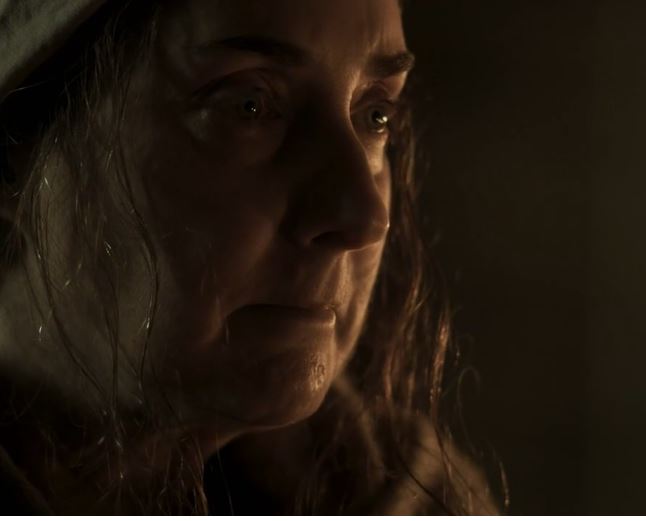
A folk healer like Agnis trod a fine line between being someone people called upon when they needed help and someone they blamed when misfortune struck (21:30)
So says Lucy Worsley, the joint chief curator at Historic Royal Palaces in the UK and also the host of a variety of recent TV shows on British history. The above quotation is twenty minutes into a recent episode on the late sixteenth century Scottish witch trials, specifically focusing on that of Agnis Sampson (who was convicted and executed in 1591).
Watch the episode here (with ads…):
What strikes me as particularly interesting is that scholars are now generally agreed that — as becomes more than evident in the episode and also in any of the serious literature on the topic — accusations of people (largely women, to be sure) being witches at that time functioned as efforts to control people in the most practical of ways. And so the language of what we today easily identify as religion is now seen by scholars as a tool used in this effort at governance. The last thing we, again as scholars today, would therefore want to do would be merely to describe the seeming religious claims of those making such charges; whether we think they were or were not sincerely leveled against unfortunate people like Agnis, scholars instead aim to figure out what practical things that rhetoric was doing at the time and the social interests that it promoted (or, of course, curtailed — as routinely happened through the imprisonment, torture, and execution that was often associated with such charges).
With all of this in mind, scholarship today doesn’t aim for a better definition of witchcraft when confronted with the fact that there really was no set definition at the time; accordingly, scholars today are not aiming to be more definitive in teasing out what was then the utterly vague difference between being designated as a respected local healer as opposed to being a dangerous witch. Instead, we now focus on how, back then, the slippery ambiguity was a feature of a system of governance, allowing those in control to use these designations as they suited them, much like virtually anything on those women’s naked bodies that seemed out of the ordinary to them could be judged by those men, when inspecting and torturing these women, as being the so-called devil’s mark (and thus proof of their status as a witch).
My point?
Scholars interested in how the category religion functions today (notably in liberal democracies, where it is often written directly into the polity’s governing documents) could learn something from how colleagues now study debates over healers vs. witches centuries past. For the issue is not to define each better or more precisely, but to understand that the distinction itself, as ambiguous as it may seem to have been, was once a strategic mechanism of governance, providing considerable wiggle room and power for a dominant (but threatened) sector of society. And so, likewise, the goal should not be for contemporary scholars to prompt courts and nations to more clearly define the sacred as opposed to the secular realm but, rather, to study the distinction itself, how it is created and treated in law, and the practical costs or benefits that come with being defined as either one or the other — seeing this distinction as a purposefully ill-defined and therefore handy political technique.